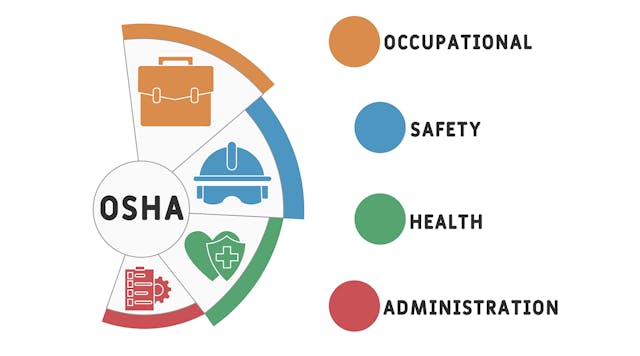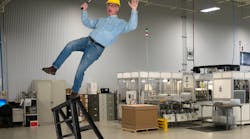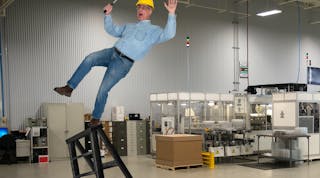But with those developments, comes an inherent risk: advancement is dangerous; the challenges are undefined.
Troy Gonyon, a safety specialist for international fiber laser manufacturer IPG Photonics Corp., is in charge of helping manage that unknown as his company forges ahead with new technology.
“Some of the stuff it just hasn’t been done, so you’re kind of leading the point on it. You’re figuring out what is a hazard because no one has had to deal with it yet,” he said.
But for Gonyon, a self-taught safety professional, learning quickly and meeting new challenges is practically routine.
“I came from the bottom up. I didn’t go to school for environmental health and safety, but I learned it in the field,” he said.
Gonyon began his safety career while working as an apprentice carpenter. After receiving his first OSHA 10-Hour Construction training, the union of which he was a part had an opening for a safety manager at a GM stamping plant, and he decided to give it a shot.
“It had nothing to do with contracting at all,” Gonyon said.
Instead, he launched what would eventually become a career in safety.
That’s why, as IPG develops new technologies, Gonyon is working to make safety an integrated part of development and operations.
“Safety people should not be the police officers of the company. That’s not how you work with people and it sends the wrong message of the importance of having safety,” Gonyon said. “Safety isn’t really something that should be viewed as something separate.”
The days of having safety teams have passed and the trend has shifted to a more integrated approach, he said.
What he sees as the future is the department structure in place at IPG – department managers are responsible for safety. They are given information on new regulations or standards by a safety professional like Gonyon and then implement changes in their departments.
Those changes are devised by other department managers who have successfully tested ways to implement the new standards.
“We give people the opportunity to best decide how it’s integrated into their units…Once we have a successful solution, that becomes the standard,” he said. “I don’t own safety, they do, and they just need support.”
Gonyon sees the transition to systems like IPG’s as easier to make thanks to new technology.
For example, the company rolled out a new dashboard to link the company’s numerous U.S. facilities. That way, department managers in each of the eight states with an IPG presence have access to the same safety resources.
Since Gonyon started with IPG four years ago, the workforce in Massachusetts at the main U.S. office alone has nearly doubled to 1,200 people. Finding ways to standardize safety resources and communications has enabled the company to expand across the country without sacrificing safety.










































































